Batteries are essential electrical energy reservoirs that come in handy during camping trips or in remote locations. Even without a continuous electricity supply, batteries can keep electronic devices running for an extended period. It is crucial to understand how batteries work and the various sizes available in the market, such as AAA, AA, C, D, and more. These batteries are used in a wide array of electronic devices and can provide long battery life when used with the appropriate equipment. Rechargeable batteries and other sizes are also used in various applications. Let’s explore the different battery types and their uses.
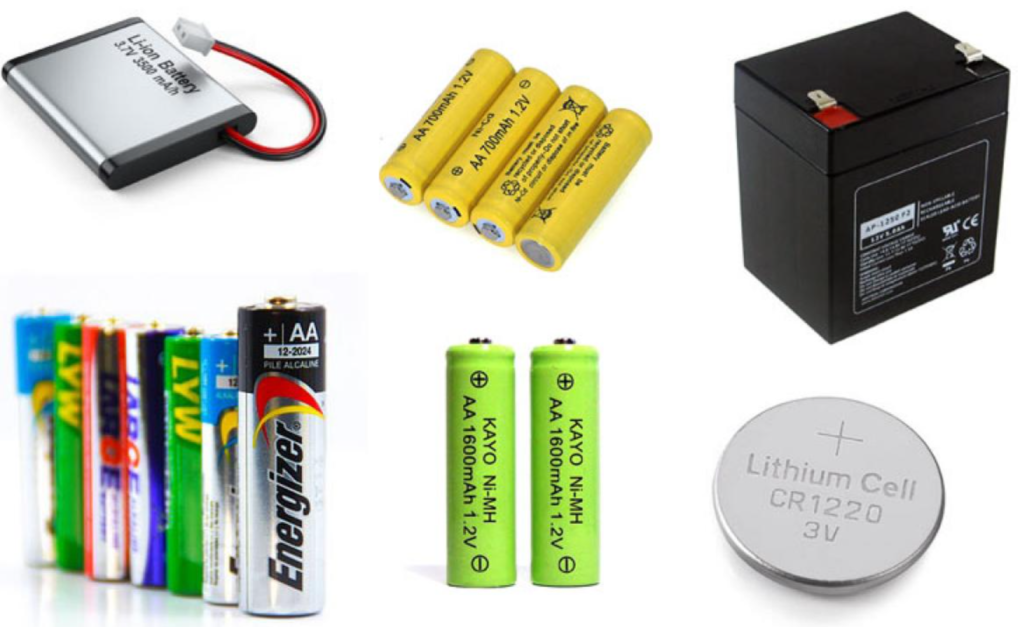
Common Battery Sizes and Applications
Batteries are a standard item in homes and workplaces, coming in various sizes and shapes for different purposes. The battery size determines the voltage and current it can provide. Here are some of the most common battery sizes:
AA Batteries:
AA batteries are highly popular and are suitable for applications that don’t require a significant amount of power. They have a standard voltage of 1.5 volts. These double-A batteries are the most common type of rechargeable battery, used in devices such as toys, cell phones, computers, digital cameras, audio recorders, calculators, radios, clocks, remote controls, flashlights, and even thermometers.
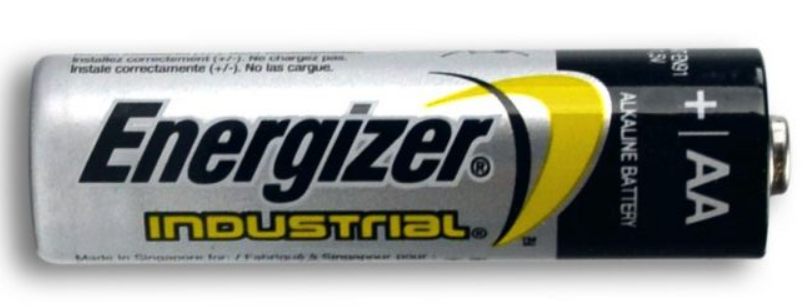
AAA Batteries:
AAA batteries are widely used in small electronic devices, like kitchen timers, calculators, and kitchen scales. They have a long lifespan and powerful output. These batteries are inexpensive and easy to find. Like AA batteries, AAA batteries have a voltage of 1.5 volts but have a shorter lifespan.
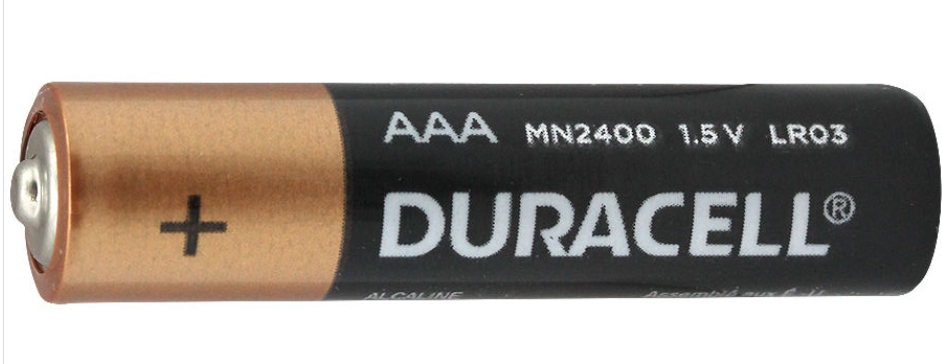
AAAA Batteries:
Quadruple “A” batteries are often used in battery-powered equipment such as LED penlights, laser pointers, glucose meters, hearing aid remote controls, and powered computer styluses. These small batteries have a longer lifespan than single-use batteries and can be recharged, making them ideal for powering low-wattage devices.

A23 Batteries:
A23 batteries are commonly used in remote controls, keyless entry systems, garage door openers, and other small electronic devices. They have a higher voltage than AA or AAA batteries, usually around 12 volts.

C Batteries:
C batteries are used in medium-drain applications, such as portable radios, musical instruments, and larger flashlights. They provide more power than AA and AAA batteries and have a longer lifespan.
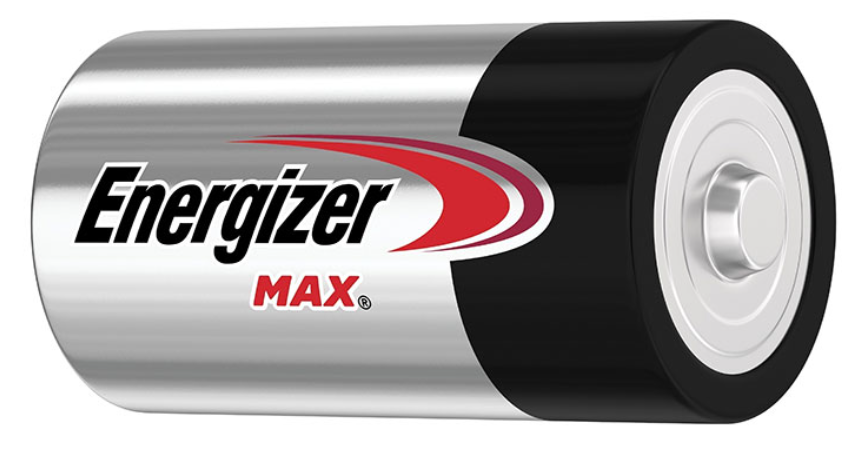
D Batteries:
D batteries are ideal for high-drain devices, like portable stereos, boomboxes, and large flashlights. They have a larger capacity than AA, AAA, and C batteries, providing more extended performance and higher voltage.
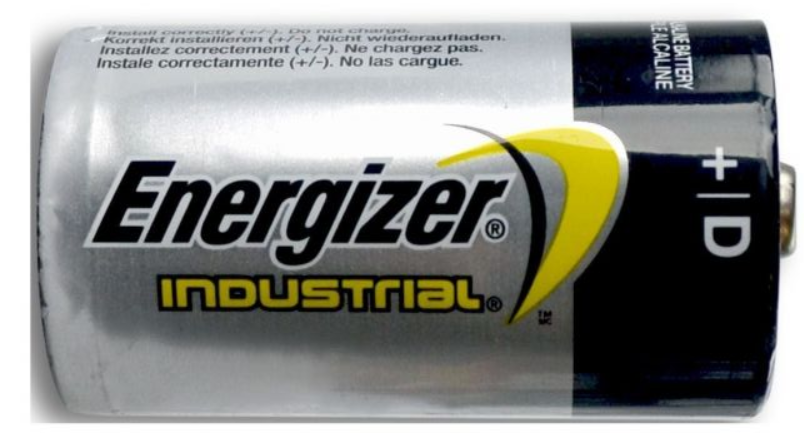
9V Batteries:
9V batteries are commonly used in smoke detectors, alarm clocks, and electronic testing equipment. They have a rectangular shape and are specifically designed to provide a 9-volt output.

CR123A Batteries:
The CR123A battery, boasting an impressive energy output, is commonly utilized in tactical gear, wireless security systems, and home automation devices.
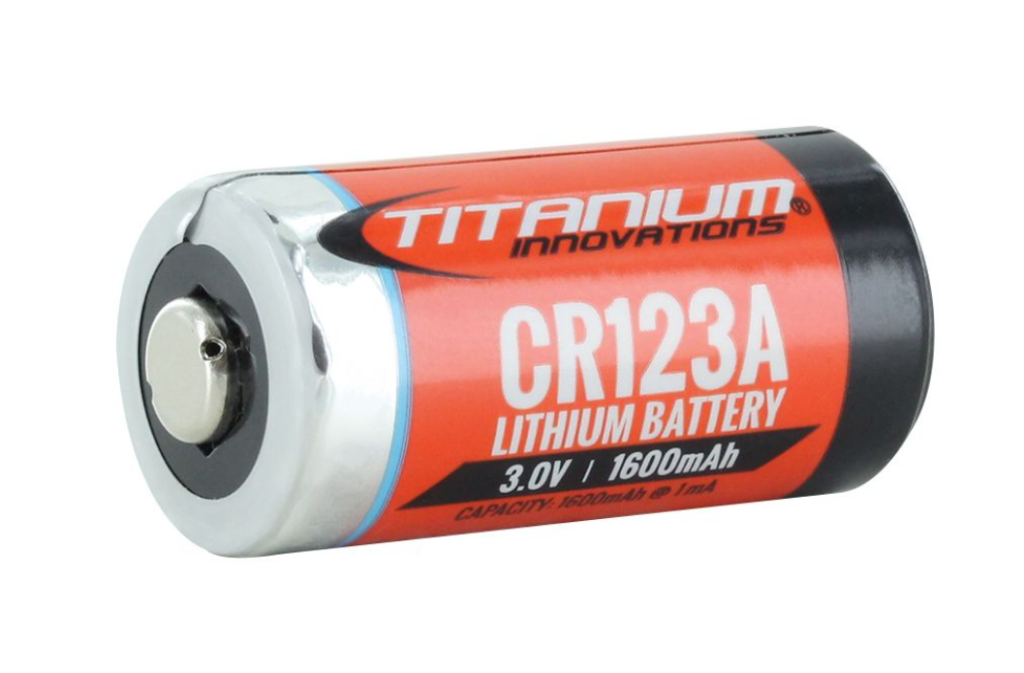
Despite being considerably shorter than a AA battery, the CR123A produces 3 volts, which is double the voltage of a standard AA battery. This allows the CR123A to deliver substantial power in a compact form factor. Perfect for high-power-demand devices such as LED flashlights, this battery ensures optimal performance. Its superior power-to-size ratio contributes to an extended lifespan compared to many other batteries.
Button Cell Batteries:
Button cell batteries, such as CR2021, CR2032, and CR2025, are used in small electronic devices like watches, calculators, and hearing aids. They are lightweight, compact, and have a low self-discharge rate.

Specialty Batteries:
Specialty batteries like the 21700 and 18650 batteries are rechargeable lithium-ion batteries used in high-capacity applications, such as electric vehicles, power tools, laptops, and flashlights. They are known for their high energy density and long cycle life.
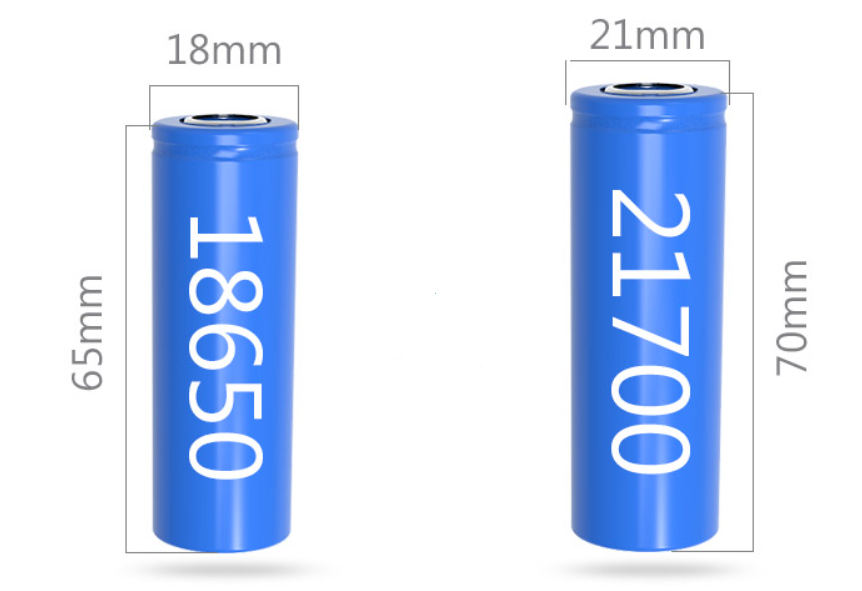
CR2032 Battery
The CR2032 battery, a compact and lightweight power source, stands out from its counterparts due to its remarkable efficiency in a small form factor.

With a voltage of 3 volts, CR2032 batteries are frequently employed in a variety of applications, including watches, calculators, toys, and various medical devices. These batteries deliver reliable, long-lasting energy and boast an impressive weight-to-power ratio. Commonly found in wristwatches and sleek, slender thermometers, CR2032 batteries provide hours of continuous use while adding negligible weight to the device.
Conclusion
In conclusion, understanding the various battery sizes and their specific applications is essential for making informed choices when selecting the right battery for your needs. From the small and versatile CR2032 to the powerful CR123A, each battery size serves a unique purpose, providing optimal performance for a range of devices. By being aware of the pros and cons associated with each battery type, you can make better decisions to ensure the longevity, efficiency, and effectiveness of your electronic devices. Ultimately, the right battery size and type will significantly impact the overall user experience and contribute to a seamless operation of your equipment.